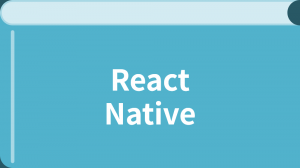阅读(2605)
赞(0)
网络
2015-11-06 15:33:24 更新
React Native 的一个目标是成为一个游乐场所,在这里我们可以尝试不同的体系结构和疯狂的想法。自从浏览器使用起来不够灵活,我们别无选择,只能去实现整个堆栈。在这个我们并不打算改变什么的地方,我们试图尽可能忠实于浏览器的 APIS。网络协议栈是一个很好的例子。
XMLHttpRequest
XMLHttpRequest API 是在 iOS networking apis 之上实现的。与 web 显著的区别是其安全模式:由于没有 CORS的概念,你可以从互联网上的任一网站上进行阅读。
var request = new XMLHttpRequest();
request.onreadystatechange = (e) => { if (request.readyState !== 4) { return;
} if (request.status === 200) { console.log('success', request.responseText);
} else { console.warn('error');
}
};
request.open('GET', 'https://mywebsite.com/endpoint.php');
request.send();请按照 MDN Documentation,一个对 API 进行了完整描述的文档。
作为一个开发人员,你可能不会直接将 XMLHttpRequest 对象作为他的 API,因为这是一个非常繁琐的工作。但事实上,他的实现和与浏览器 APIS 的兼容能够使你使用第三方库,例如,直接来自 npm 的 Parse 和 super-agent。
Fetch
Fetch 是一种更好的网络 API,它的工作是通过标准委员会完成,并且已经在火狐浏览器上可以使用。默认情况下在 React Native 上也是可用的。
fetch('https://mywebsite.com/endpoint.php')
.then((response) => response.text())
.then((responseText) => { console.log(responseText);
})
.catch((error) => { console.warn(error);
});← 定位

